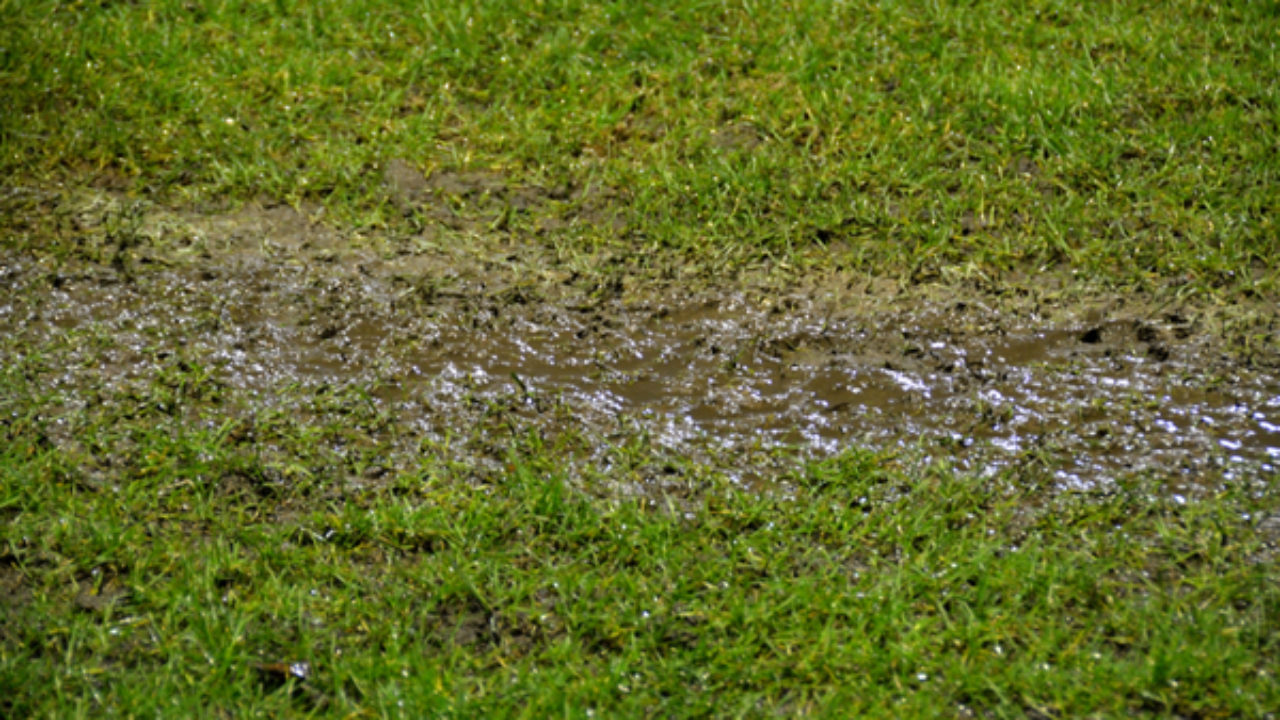6 Ways to Locate Concealed Water Leaks in Your House
6 Ways to Locate Concealed Water Leaks in Your House
Blog Article
We've found this post relating to Hacks to detect leaks directly below on the internet and thought it made perfect sense to discuss it with you in this article.

The minute you locate a leakage, calling your plumber for repair services is the most effective option. Nonetheless, some small water leakages may not be visible. Here are some hacks that help if you can not detect it with your nude eyes.
Early discovery of leaking water lines can reduce a potential disaster. Besides saving you money, it will decrease the worry and also stress.
Examine Water Usage
Evaluate your water bills and track your water intake. As the one paying it, you need to observe if there are any disparities. If you detect sudden changes, regardless of your intake being the same, it implies that you have leaks in your plumbing system. Bear in mind, your water costs must fall under the same range every month. An abrupt spike in your expense suggests a fast-moving leakage.
A constant increase every month, also with the exact same behaviors, shows you have a slow leakage that's also slowly rising. Call a plumber to thoroughly examine your residential property, especially if you really feel a cozy area on your flooring with piping underneath.
Check and also Evaluate the Situation
Home owners should make it a routine to examine under the sink counters and even inside closets for any bad odor or mold growth. These 2 warnings suggest a leakage so punctual attention is required. Doing routine assessments, also bi-annually, can conserve you from a major issue.
Take A Look At the Water Meter
Examining it is a proven means that aids you uncover leakages. If it moves, that indicates a fast-moving leakage. This indicates you may have a slow leakage that might even be below ground.
Asses Exterior Lines
Don't neglect to check your exterior water lines also. Test spigots by affixing a garden hose. Needs to water leak out of the connection, you have a loosened rubber gasket. Replace this and make certain all connections are tight. It will assist get it properly analyzed and also preserved yearly if you have actually obtained a sprinkler system. One little leakage can throw away lots of water as well as surge your water bill.
Do a Food Coloring Test
When it comes to water intake, 30% comes from toilets. If the color somehow infiltrates your bowl throughout that time without flushing, there's a leakage in between the container and also bowl.
Inspect for discolorations and compromising as many pipes and devices have a life expectancy. If you suspect dripping water lines in your plumbing system, do not wait for it to intensify.
The moment you locate a leakage, calling your plumber for repair services is the best remedy. Some small water leakages may not be visible. Inspecting it is a guaranteed method that helps you discover leakages. One small leak can squander loads of water and increase your water costs.
If you presume leaking water lines in your plumbing system, do not wait for it to intensify.
WARNING SIGNS OF WATER LEAKAGE BEHIND THE WALL
PERSISTENT MUSTY ODORS
As water slowly drips from a leaky pipe inside the wall, flooring and sheetrock stay damp and develop an odor similar to wet cardboard. It generates a musty smell that can help you find hidden leaks.
MOLD IN UNUSUAL AREAS
Mold usually grows in wet areas like kitchens, baths and laundry rooms. If you spot the stuff on walls or baseboards in other rooms of the house, it’s a good indicator of undetected water leaks.
STAINS THAT GROW
When mold thrives around a leaky pipe, it sometimes takes hold on the inside surface of the affected wall. A growing stain on otherwise clean sheetrock is often your sign of a hidden plumbing problem.
PEELING OR BUBBLING WALLPAPER / PAINT
This clue is easy to miss in rooms that don’t get much use. When you see wallpaper separating along seams or paint bubbling or flaking off the wall, blame sheetrock that stays wet because of an undetected leak.
BUCKLED CEILINGS AND STAINED FLOORS
If ceilings or floors in bathrooms, kitchens or laundry areas develop structural problems, don’t rule out constant damp inside the walls. Wet sheetrock can affect adjacent framing, flooring and ceilings.
https://www.servicemasterbyzaba.com/blog/how-to-detect-water-leakage-in-walls/
.jpg)
As a passionate reader about Top leak detection hacks, I think sharing that post was a good thing. You should take a moment to distribute this entry if you enjoyed it. Many thanks for your time. Visit again soon.
Report this page